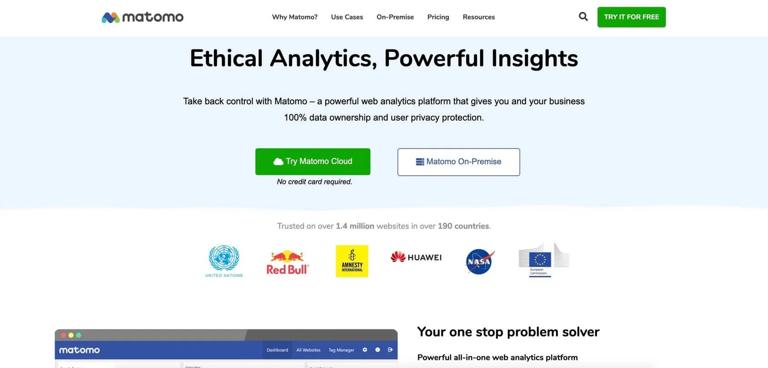
What is a Margin Account in Trading? A Practical Guide for Modern Markets
Introduction If you鈥檝e ever watched a small stake of cash stretch into bigger bets, you鈥檝e felt the lure of margin. A margin account lets you borrow funds from your broker to buy more than you could with cash alone. It鈥檚 a powerful tool that can amplify gains鈥攁nd losses鈥攕o you鈥檒l want to understand the rules of the game. This guide walks you through what a margin account is, how it works across assets like forex, stocks, crypto, indices, options, and commodities, and how to use it responsibly in today鈥檚 tech-driven markets.
What is a Margin Account? In simple terms, a margin account is a trading setup where the broker lends you part of the money needed for your trades. You post your own cash or securities as collateral, and you pay interest on the borrowed portion. The amount you can borrow depends on the broker鈥檚 margin requirements, which show up as initial margin (to open a position) and maintenance margin (to keep it open). If the market moves against you, the broker can demand more collateral or liquidate positions to cover the loan.
How Margin Works Across Asset Classes
- Stocks: Margin allows you to buy more shares than your cash would permit. Margin requirements are common and well-supported by regulators, but prices can swing quickly.
- Forex and Indices: Leverage is often higher, enabling larger exposure with smaller capital. The risk is rapid adverse moves, so risk controls matter.
- Crypto and Commodities: Margin availability varies by exchange and jurisdiction. Liquidity and price volatility can drive quicker margin calls.
- Options: Margin can apply to the underlying or to the position itself, depending on the strategy. Leverage here can magnify theta, delta, and gamma risks.
- Cross-Asset: Some traders use a margin account to manage a multi-asset portfolio, but you鈥檒l face different margin requirements for each asset class and a blended risk profile.
Key Features
- Buying Power: Your cash plus borrowed funds define your total buying power.
- Initial and Maintenance Margin: Initial margin sets how much you must put up to open a position; maintenance margin is what you must retain to keep it open.
- Interest on Borrowed Funds: You pay a rate on what you borrow, which eats into returns if markets stall.
- Margin Calls and Liquidation: If equity falls below required levels, you may receive a margin call or have positions liquidated to repay the loan.
Real-World Note A trader I know used margin to ride a rebound in a tech stock. The stock surged, but a sudden move against the position led to a margin call, reminding us that leverage is a two-edged sword, especially in fast-moving markets.
Pros, Cons, and Practical Reality Margin can magnify gains when markets cooperate, offering access to bigger opportunities with less upfront capital. Yet it also expands losses and introduces liquidity risk. The right approach is conservative sizing, a clear risk plan, and knowing your broker鈥檚 rules, fees, and liquidation practices.
Strategies and Safety Nets
- Use only a small fraction of your net worth for margin trades.
- Set strict stop-loss and take-profit levels; consider stop-limit orders to avoid slippage.
- Diversify across assets to reduce single-position risk.
- Hedge with options where appropriate to cap downside.
- Monitor maintenance margin daily; keep a cash cushion in case volatility spikes.
- Prefer brokers with strong regulatory oversight, transparent fee schedules, and robust risk dashboards.
Tech, Security, and Charting Modern margin trading benefits from real-time data, robust charting, and risk analytics. Use high-quality risk dashboards, alerts, and back-tested strategies. Always enable two-factor authentication, store credentials securely, and ensure your devices have current security updates. In daily life, this might look like checking a dashboard before breakfast and keeping a pre-trade checklist on your phone.
Web3, DeFi, and the Future Landscape Decentralized finance opens margin-like trading through smart contracts, lending pools, and cross-chain liquidity. It promises more permissionless access but comes with new risks: smart contract bugs, oracle glitches, and liquidity crunches. The current path blends traditional margin mechanics with decentralized risk controls, as teams experiment with automated liquidations and on-chain risk scoring. The challenge is aligning security, liquidity, and user protection with evolving regulation.
Future Trends: AI, Smart Contracts, and Beyond Expect AI-driven risk assessment, adaptive position sizing, and smarter automation around leverage. Smart-contract-based margin trading could enable more transparent, auditable leverage with programmable risk limits. As cross-chain liquidity grows, asset diversification will feel more seamless, while solid vetting of custodians and insurance becomes essential.
Slogan and Takeaway Margin accounts empower you to amplify opportunities鈥攂ut when used responsibly. Opportunity meets discipline: margin trading, mastered with smart risk, is the engine for ambitious traders in today鈥檚 multi-asset world.
Conclusion A margin account is not a shortcut to easy wealth; it鈥檚 a tool that requires discipline, education, and smart risk controls. Used thoughtfully鈥攚ith diversified assets, modern tools, and a clear plan鈥攜ou can tap into greater buying power while staying in control of downside. As markets evolve with DeFi, AI, and smart-contract trading, the core principle stays the same: know your risk, monitor constantly, and trade with a plan.

